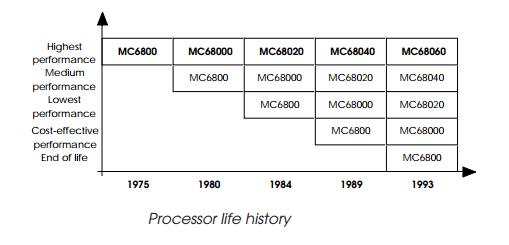Chapter: Embedded Systems Design : Embedded processors
Embedded processors
Embedded processors
The development of processors for embedded system de-sign has
essentially followed the development of microprocessors as a whole. The
processor development has provided the process-ing heart for architecture which
combined with the right software and hardware peripherals has become an
embedded design. With the advent of better fabrication technology supporting
higher transistor counts and lower power dissipation, the processor core has
been integrated with peripherals and memory to provide standalone
microcontrollers or integrated processors that only need the addition of
external memory to provide a complete hardware system suitable for embedded
design. The scope of this chapter is to explain the strengths and weaknesses of
various architectures to provide a good understanding of the trade-offs
involved in choosing and exploiting a processor family.
There are essentially four basic architecture types which are usually
defined as 8 bit accumulator, 16/32 bit complex instruc-tion set computers
(CISC), reduced instruction set computer (RISC) architectures and digital
signal processors (DSP). Their develop-ment or to be more accurate, their
availability to embedded system designers is chronological and tends to follow
the same type of pattern as shown in the graph.

Related Topics